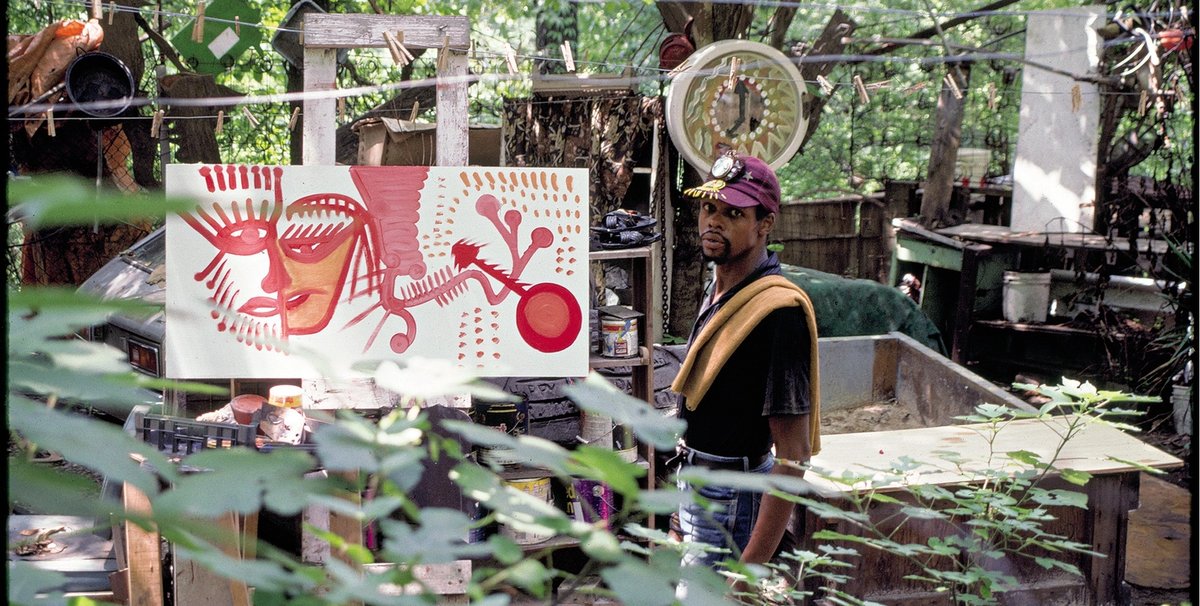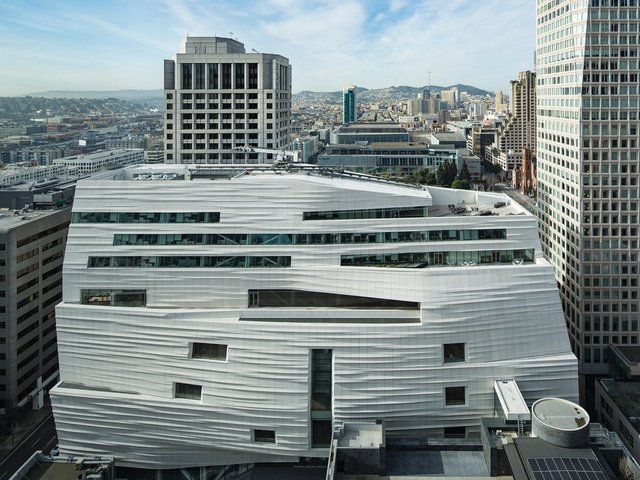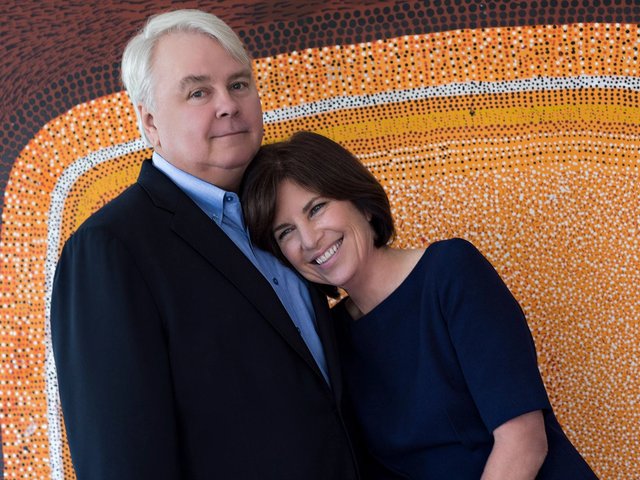What does it mean to have an American art collection? The Fine Arts Museums of San Francisco (FAMSF) had this question in mind in February, when it acquired 62 works from the Atlanta-based Souls Grown Deep Foundation, which promotes contemporary African-American artists of the South from beyond the gallery or art school system. FAMSF’s De Young museum has cleared its Modern and contemporary galleries for its new exhibition dedicated to the trove, Revelations: Art from the American South (until 1 April 2018).
The art historian William Arnett and his sons Paul and Harry established Souls Grown Deep in 2010 to transfer part of their personal collection to museums across the US. Arnett started collecting in the 1980s, forming close ties with many of the artists. The foundation continues his mission, from the 1990s onwards, to advance scholarship around their work through publications and exhibitions. Its ambition is “to include these artists in the canon of American art history”, says Maxwell Anderson, who joined the foundation in the newly created post of president last year.
The 1,150-strong collection of works represents around 160 artists in two main groups: quiltmakers from the small Alabama community of Gee’s Bend, including the foundation board member Louisiana Bendolph, and artists working in other media, such as Lonnie Holley, Thornton Dial and his son Richard Dial (also a board member).
The foundation kicked off the process of distributing the works in 2014, with a gift of 57 paintings, drawings, quilts and mixed-media pieces to the Metropolitan Museum of Art in New York. In April, the High Museum of Art in Atlanta acquired 54 works in a combined gift and purchase, which will be shown in its expanded folk and self-taught art galleries when they reopen in 2018. The foundation was due to announce acquisitions by two more US museums, located in the north-east and south-east, as we went to press. Talks are under way with nine other US museums.
“We’re in the business of going out of business, in a way,” Anderson says. He expects the initiative to last more than five years and is pleased at the pace of progress. Once the foundation has dispersed the collection, it could shift towards educational programmes or artist residencies, according to the board member Michael Sellman.
Although museums applying for the acquisitions scheme must demonstrate how they plan to display the Souls Grown Deep works in their permanent collections, there is no one-size-fits-all approach.
“We’ve spent a lot of time trying to illustrate to people that a great Gee’s Bend quilt or a Thornton Dial sculpture or a Lonnie Holley can stand next to any contemporary work,” Sellman says. The De Young is following this lead, presenting the new purchases and gifts alongside pieces in its collection by established contemporary artists including Kara Walker, El Anatsui and Cornelia Parker in the Revelations exhibition. Timothy Burgard, the museum’s curator of American art, says he has avoided using “marginalising” labels such as “naïve” or “folk” in the accompanying catalogue. When the show ends, the works will be integrated in the museum’s Modern and contemporary galleries.
But the High Museum’s curator of folk and self-taught art, Katie Jentleson, says: “Work by self-taught artists does not need the redemption of such comparisons. It carries its own weight, has its own integrity.”
Either way, the foundation is helping to open up the art world, says Jacquelyn Serwer, a board member and the chief curator of the Smithsonian’s National Museum of African American History and Culture in Washington, DC. “A few years ago, eyebrows would be raised when some of these artists were acquired by major museums,” she says. “Now they’re part of the mix.”
San Francisco show: Curator's picks The Fine Arts Museums of San Francisco have gained 62 works by 22 Souls Grown Deep artists, including Lonnie Holley and Bessie Harvey. Here, the US curator Timothy Burgard picks out two key pieces from the new exhibition at the De Young.
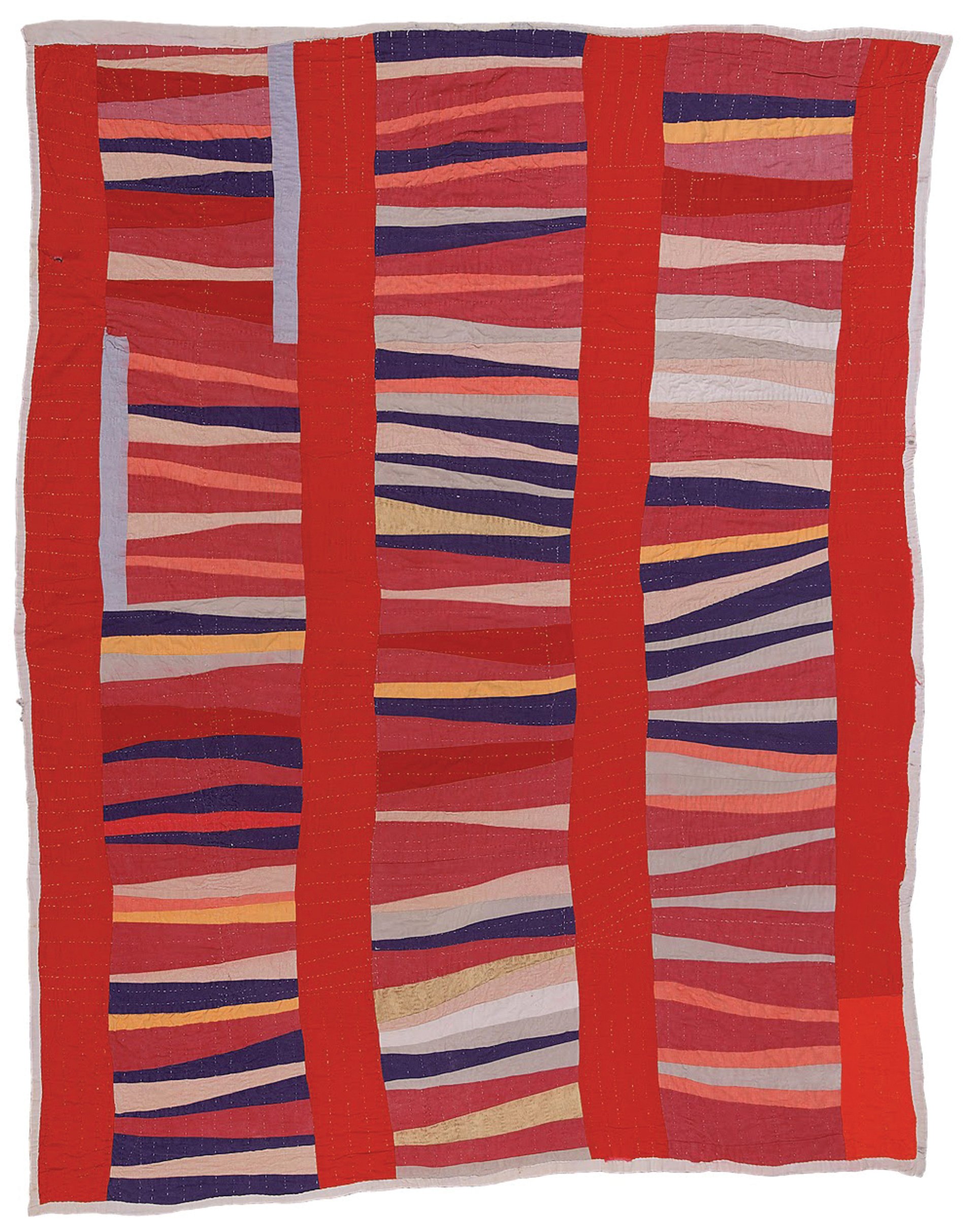
Jessie Pettway (born 1929), Bars and String-Pieced Columns (1950s)
Burgard calls this “one of the most beautiful quilts ever made in America”. Made from recycled clothing, it featured on a stamp in the US Postal Service’s 2006 series Quilts of Gee’s Bend. Shirtsleeves form the multicoloured vertical columns, which evoke the strip-weave textile technique from West Africa.
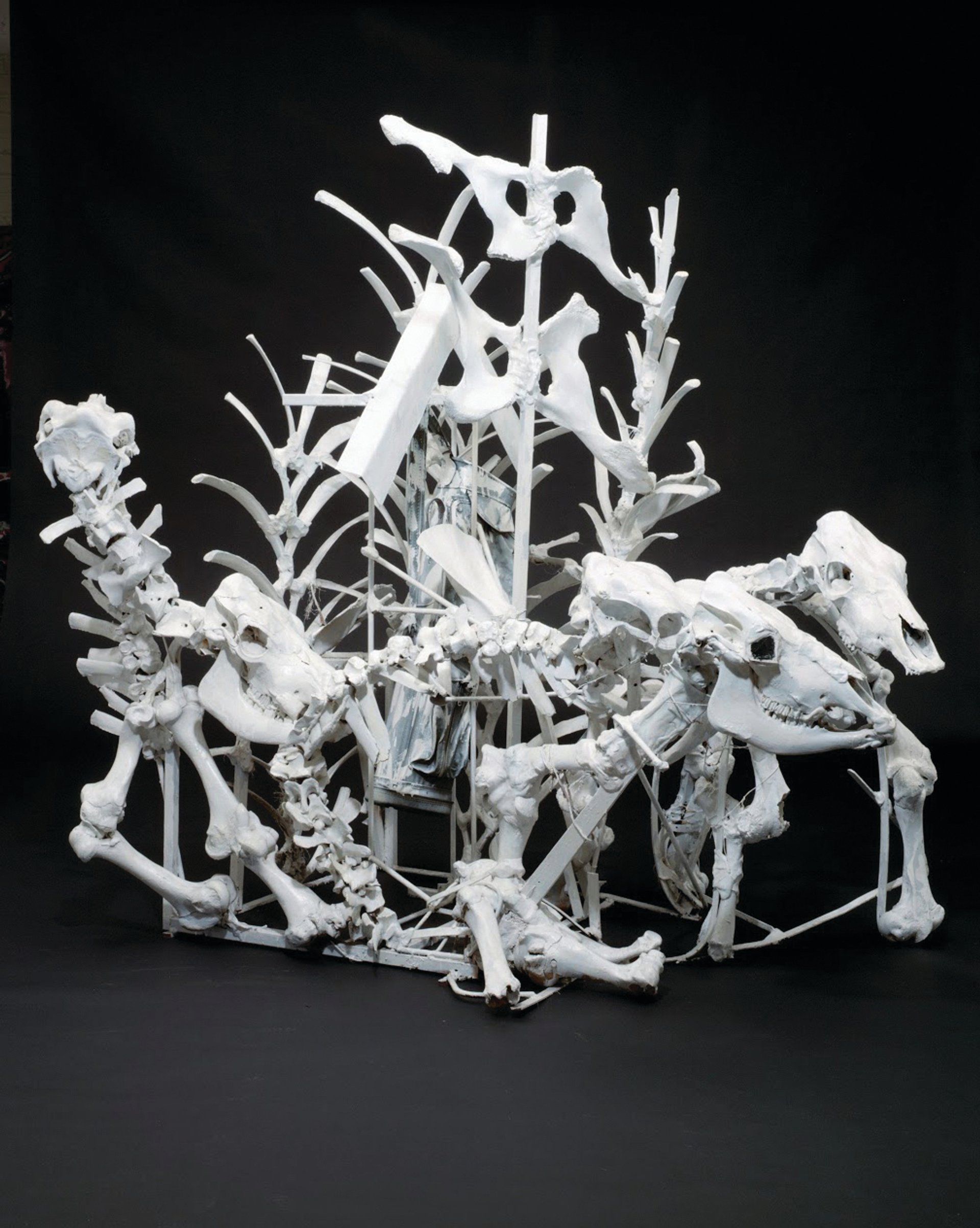
Thornton Dial (1928-2016), Lost Cows (around 2001)
Dial’s work is at “the highest level, intellectually, emotionally and aesthetically”, Burgard says. This sculpture is made from the bones of a small herd of cows owned by the artist. The piece refers to Dial’s sharecropping family background and to race relations—the pelvic bones represent Ku Klux Klan masks.


